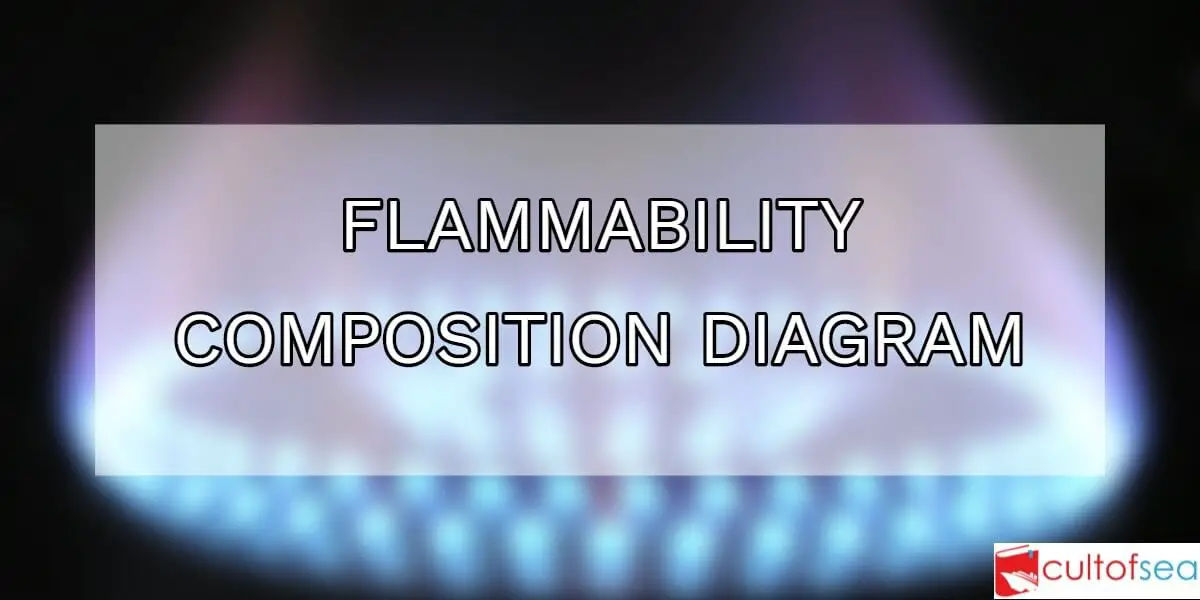Flammability DiagramThe diagram given above (Flammability Composition Diagram) can be considered the most important diagram to understand the concept of flammability.Hydrocarbon gas normally encountered in petroleum tankers cannot burn in an atmosphere containing less than approximately 11% oxygen by volume. Accordingly, one way to provide protection against fire or explosion in the vapour space of cargo tanks is to keep the oxygen level below that figure.The flammable limits vary for different pure hydrocarbon gases and for mixtures derived from different liquids. For practical … [Read more...]
